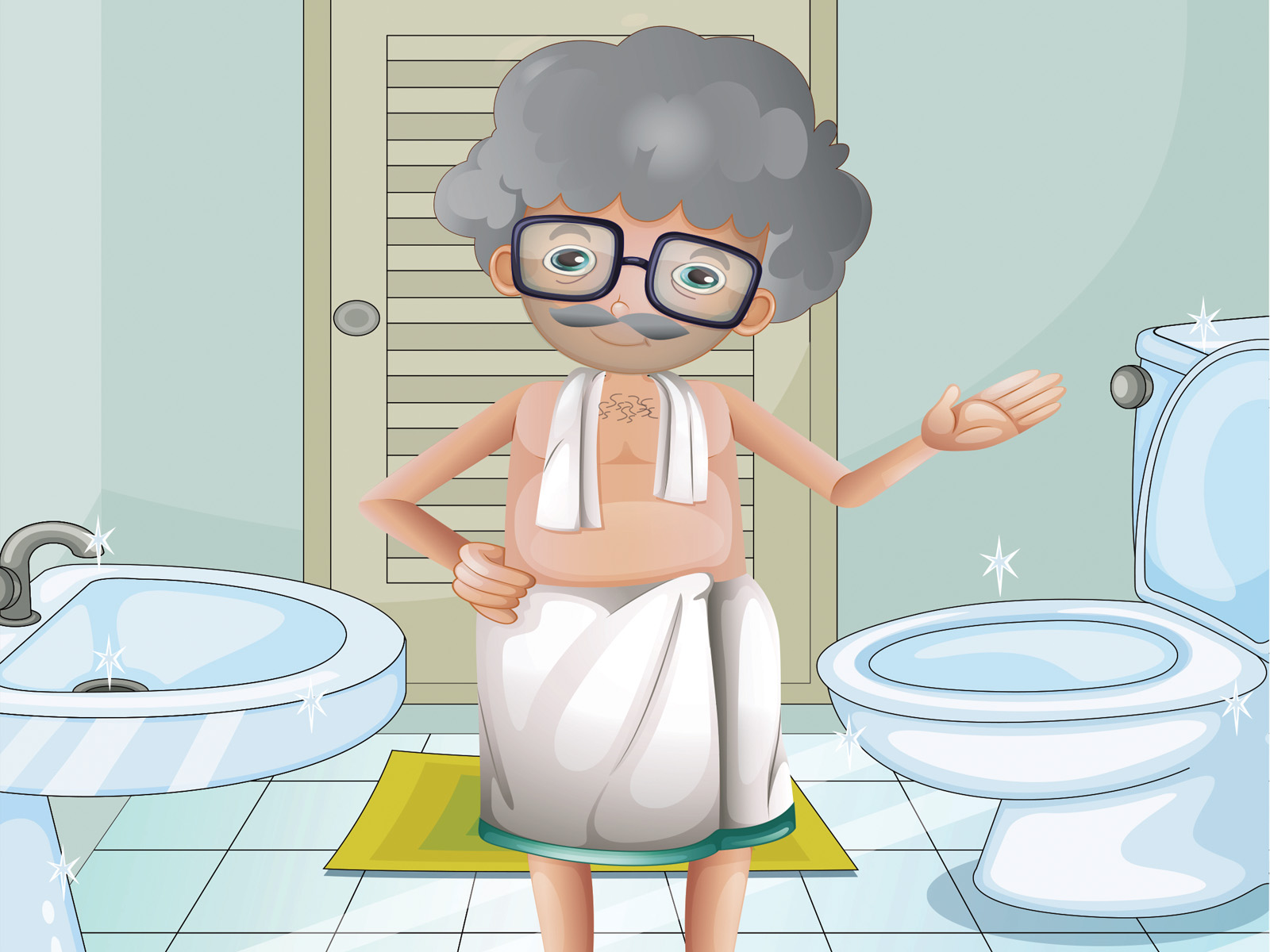If being on the throne is no longer a simple matter, here are some helpful suggestions, depending on your requirements:
Raise the toilet seat. A few extra inches of height may make sitting down safer, especially for someone with a recent hip fracture or anyone who has difficulty getting up from a low seat.
Consider adult diapers at night time and try using a bedside commode.
What is a bedside commode?
People who have difficulty getting to the bathroom are helped by these bedside toilet facilities. A commode is a movable toilet which is usually placed on wheels. Basically, a chair with a toilet seat, they are made out of metal or plastic and equipped with a removable container under the toilet seat which can be cleaned after use. Generally, a commode can be rolled away when not in use and its wheels can be locked to prevent moving while it’s being used.
Anyone who is too weak to get to a bathroom, particularly those who are in bed most of the time, could benefit from a commode. A commode should also be considered for people who cannot use bedpans or in cases where transferring the person to a bathroom would be too difficult for the caregiver.
Depending on the physical limitations of the patient, you can choose from a number of different models. For example:
Basic, with fixed arms: this is for people who can walk, stand, and sit down safely, but may have trouble accessing a bathroom because of stairs or distance.
Drop-arm: this model is for non-walkers who need help sliding into the commode from a wheelchair or bed.
Over toilet: in addition to bedside use, this model can also be placed over a regular bathroom toilet with the container removed.
Toileting risk assessment
When is a patient at risk for independent toileting? (Meaning they are in danger of falling, soiling or getting confused). Each case and level of care required is different. Ask these questions:
1) When seated, can your elder reach down to pick up objects from the floor without falling? Does the patient have satisfactory sitting balance, i.e. with one hand holding on for support?
2) Is your elder able to stand independently without holding onto any furniture or are they only able to stand with a walking aid or if there is something to hold on to?
3) Is mum or dad able to walk independently or do they require a walking aid or helper?
4) Can they get up and go – eat, dress, groom, dress, shower and toilet independently or do they use assistive devices (e.g., long handle brush) for certain tasks? Would he/she be able to stand and transfer to a bed-side commode chair or would standby supervision or help for feeding, grooming, dressing, showering and toileting be required?
If you feel that the person in your care is not able to manage all of these activities, it’s time to consider a discussion with the family doctor and brainstorm new ways to provide safer care and support at home.














